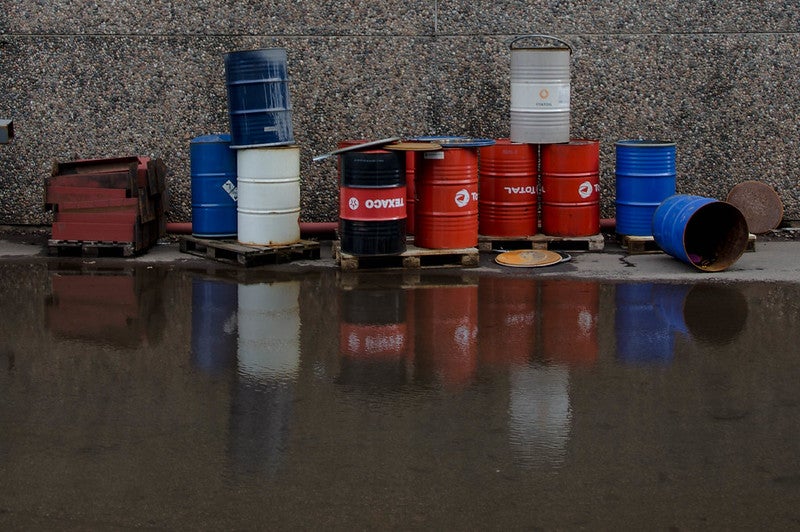
Oil prices have declined by 1% due to a surge in new Covid-19 cases in China and the US.
This increased worries that fuel demand recovery could stall, despite easing lockdown restrictions across many states.
Brent crude was down by $0.37 or 0.9% to reach $40.34 a barrel, while US West Texas Intermediate (WTI) crude futures were down $0.52 or 1.4%, to touch at $37.44 per barrel, Reuters reported.
Virus resurgence fears weighed on prices as global coronavirus cases have surpassed eight million.
AxiTrader market strategist Stephen Innes was quoted by the news agency as saying: “The market continues to balance re-opening optimism with unknowns around the economic uncertainties from a secondary outbreak of the virus.”
Meanwhile, a rise in the US crude oil inventories and gasoline stocks has also contributed to drop in prices.
How well do you really know your competitors?
Access the most comprehensive Company Profiles on the market, powered by GlobalData. Save hours of research. Gain competitive edge.

Thank you!
Your download email will arrive shortly
Not ready to buy yet? Download a free sample
We are confident about the unique quality of our Company Profiles. However, we want you to make the most beneficial decision for your business, so we offer a free sample that you can download by submitting the below form
By GlobalDataNational Australia Bank commodity research head Lachlan Shaw said: “People are concerned about the coronavirus resurging in China and crude stockpiles rising.”
According to two OPEC+ sources, OPEC+ compliance with crude output cut commitments last month was 87%.
As agreed in April, the Organization of the Petroleum Exporting Countries (OPEC), including Russia and other producers, together known as OPEC+, have been curbing supply by approximately 9.7 million bpd since 1 May.
Earlier this month, the group also agreed to extend output cuts until the end of next month.
In a monthly report, OPEC signalled that oil markets remain on course for a surplus in the second half of this year even if the demand is improved. The producer group now expects supply from outside the group to be around 300,000bpd, which is higher than earlier thought.






